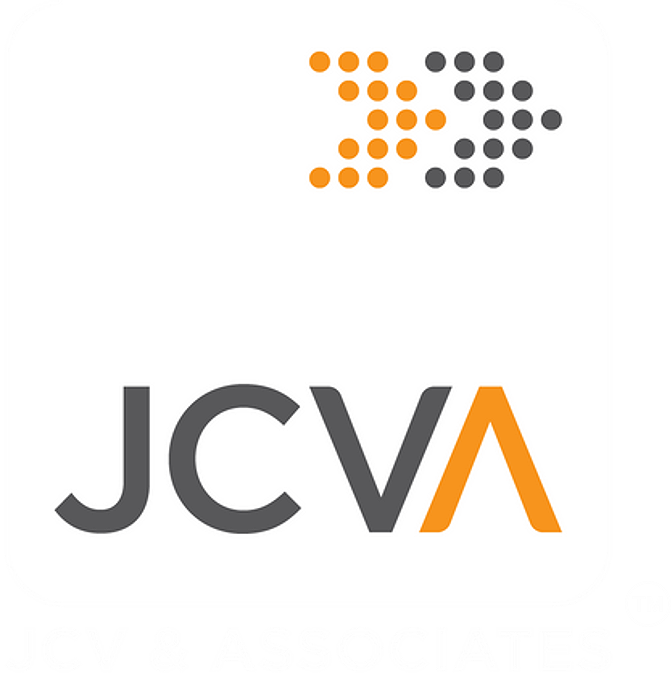
The art of unlocking hidden potential and extracting maximum value from construction projects lies within value engineering, a powerful tool that can revolutionize how we approach building endeavors. At its core, value engineering is a systematic and analytical approach to enhancing the value of a project by scrutinizing its functions, materials, and methods. It strives to optimize costs without sacrificing quality or performance and aims to find the perfect balance between functionality, aesthetics, and economic feasibility.
Why is value engineering an indispensable tool in construction? The answer lies in the multifaceted benefits it offers. First and foremost, value engineering enables project teams to identify cost-saving opportunities without compromising quality, ensuring maximum return on investment. Additionally, value engineering is critical in meeting project deadlines and managing risks effectively.
Now that we have defined value engineering, let’s closely examine its six-step methodology.
In this crucial phase, comprehensive project data, including design specifications, construction plans, and budgetary constraints, are collected and analyzed. The project team engages in in-depth discussions with stakeholders, conducts site visits, and assesses existing conditions. This foundation provides the necessary insights for informed decision-making, identifying key areas where value engineering can make the most significant impact.
During the functional analysis phase, the project team delves deep into the core functions and objectives of the project. By examining each function’s purpose, performance requirements, and user expectations, they comprehensively understand the project’s functional landscape. This analysis helps identify opportunities for improvement, optimization, and potential trade-offs to enhance the overall project value.
This phase is where the magic happens. Armed with a deep understanding of the project’s functions and goals, the team engages in collaborative brainstorming sessions. They explore innovative ideas, alternative approaches, and solutions that tackle the current issues at hand.
The goal is to uncover transformative possibilities that improve project outcomes while considering cost-effectiveness, sustainability, and feasibility.
In this phase, the team evaluates and assesses the feasibility, cost-effectiveness, and practicality of the generated ideas and alternative solutions. Rigorous evaluation criteria are applied to ensure that the selected alternatives align with project goals and with the project’s constraints and requirements. This process involves detailed cost analysis, risk assessment, and stakeholder input to make informed decisions.
Once the selected alternatives are determined, the implementation phase begins. Close collaboration between the project team, designers, contractors, and suppliers is vital to ensure seamless integration of the value engineering recommendations. This phase involves developing detailed plans, coordinating resources, and monitoring progress to ensure the successful execution of the chosen alternatives.
The development phase involves continuous improvement, refinement, and optimization throughout the project’s lifecycle. The project team monitors and evaluates the implemented value engineering solutions, identifies potential issues or new opportunities, and adapts strategies accordingly. This phase emphasizes the importance of feedback loops, performance measurement, and a commitment to continuous improvement, ensuring the project maintains its maximum value over time.
The significance of value engineering in construction is undeniable. In JCVA, we embrace the systematic and analytical approach of value engineering which allows our project teams to optimize costs, attain enhanced functionality, and quality. Value engineering encourages us to challenge conventions, foster innovation, and forge new paths toward construction excellence. Let us harness the power of value engineering to shape a future where every construction endeavor realizes its full value potential.
To learn more about how JCVA can help transform your construction projects, email us at info@jcvassociates.ph or visit www.jcvassociates.ph.
Sources: https://www.bigrentz.com/blog/value-engineering-construction
We manage risks, build strong stakeholder relationships, and deliver solutions that reflect global best practices, backed by deep local industry knowledge.
If you're looking for a reliable partner to bring your vision to life, JCVA is here to build it with you.

